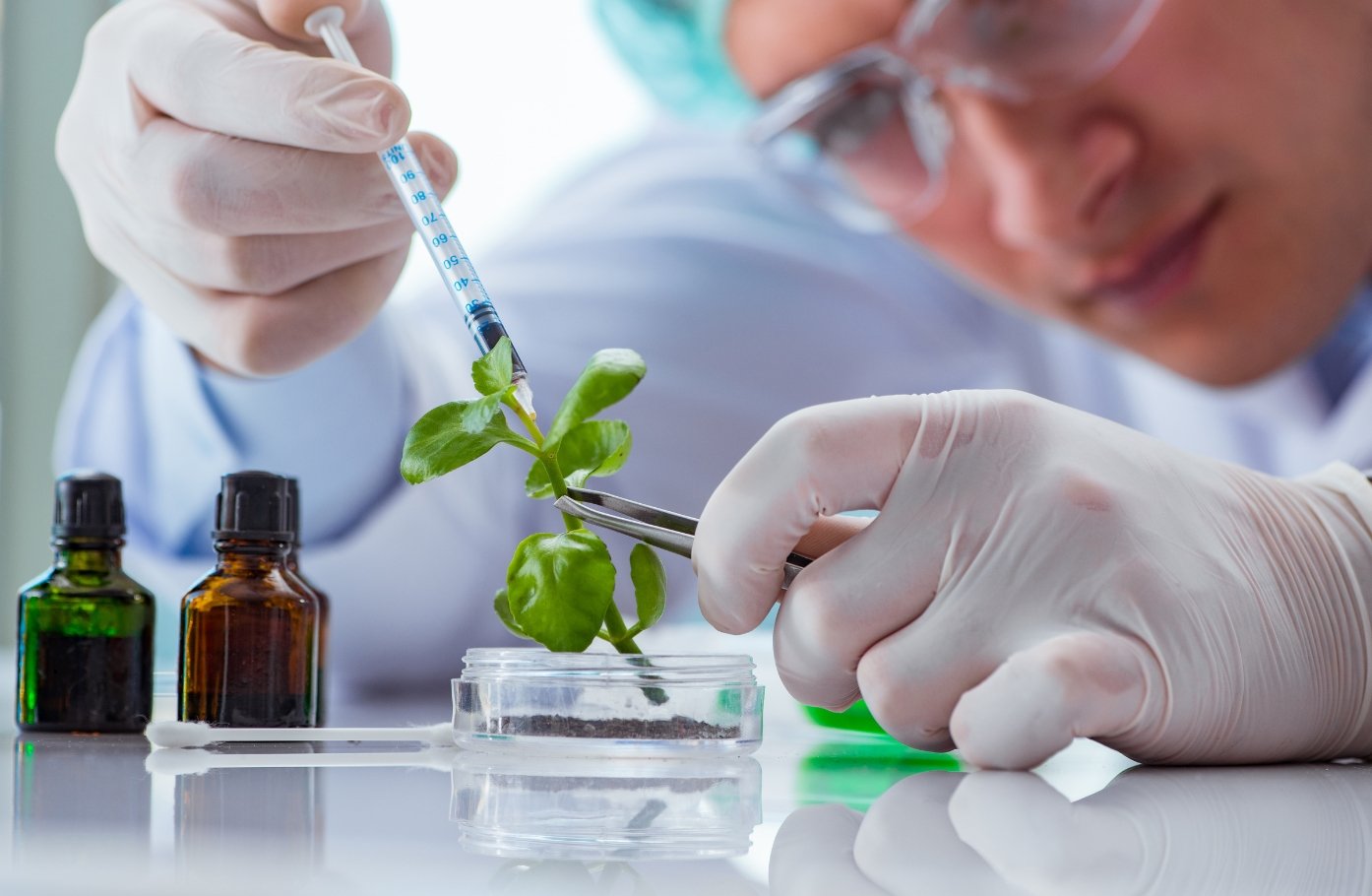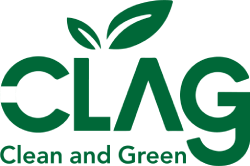
Why Green Chemistry is Taking Over
Traditional cleaning products have left a significant mark on our environment. Every year, millions of tons of chemical cleaners end up in our water systems, affecting marine life and human health. As manufacturers, we’ve seen a clear shift in how people think about cleaning products. The change isn’t just about being eco-friendly – it’s about creating better, safer solutions that work well and protect our planet. In India, this shift has picked up speed, with more people asking questions about what’s in their cleaning products and how they affect their families and the environment. As we look at the cleaning industry today, green chemistry stands out as the clear path forward.
Overview Of Green Chemistry in Cleaning
Green chemistry changes how we make cleaning products. It’s about creating effective cleaners that don’t harm the environment or people. The basic idea is simple: use natural ingredients that clean well and break down safely in the environment.
The main rules of green chemistry in cleaning are:
- Use ingredients that naturally break down
- Create products that work at room temperature
- Avoid making harmful byproducts
- Use renewable materials
- Make concentrated products to reduce packaging
Plant-based cleaners work differently from traditional chemical ones. They use natural compounds called biosurfactants, which are made by plants and microorganisms. These compounds break down dirt and grease just like chemical surfactants, but they’re biodegradable and often gentler on surfaces and skin.
For example, soap nuts (reetha) have been used in Indian households for centuries. They contain natural saponins that create foam and clean effectively. Modern green chemistry takes these traditional ingredients and improves them using new technology. This gives us powerful, natural cleaning solutions that match or beat traditional chemical cleaners.
Our tests show that plant-based antimicrobial compounds can kill 99.9% of harmful bacteria, matching the effectiveness of chemical disinfectants. The big difference is that they do this without creating resistant bacteria or leaving harmful residues.
The Global Green Cleaning Revolution
The green cleaning market is growing fast. Current estimates value it at $3.9 billion globally, and it’s expected to reach $11.6 billion by 2029. This growth comes from both homes and businesses wanting safer cleaning options.
In India, the market is particularly exciting. Our research shows that 72% of urban Indian consumers now check product labels for eco-friendly ingredients. This change has happened fast – just five years ago, that number was only 31%.
Big companies are investing in green chemistry labs, and small startups are creating new solutions. We’re seeing innovations like:
- Enzymes that target specific types of stains
- Probiotic cleaners that keep working after application
- Waterless cleaning products that save resources
- Smart packaging that uses less plastic
The Indian government has helped this growth with new rules that support green chemistry. The recent plastic packaging rules and chemical safety standards have pushed manufacturers to find better solutions. This has led to more research and development in natural cleaning ingredients.
Clag’s Green Chemistry Journey
As manufacturers, we started our green journey ten years ago. We saw that the future of cleaning needed to be both effective and safe for the environment. Our first step was setting up a green chemistry lab where we studied traditional Indian cleaning ingredients like neem, reetha, and orange peels.
We learned that many traditional ingredients work better than we thought. By combining them with modern technology, we created products that clean as well as chemical ones but without the environmental impact.
Each product goes through extensive testing to ensure it works well and breaks down safely. We test for cleaning power, safety, and environmental impact. Our products meet international green certification standards while staying true to Indian cleaning traditions.
Impact on Indian Consumer Habits
Indian cleaning habits are changing. People who used to think only harsh chemicals could clean well are now choosing plant-based options. We’ve seen this change happen through our customer feedback and sales data.
Price used to be the biggest barrier. Many thought green products were too expensive. We solved this by:
- Making concentrated formulas that last longer
- Using local ingredients to reduce costs
- Creating bulk packaging options
- Offering refill
The results show in our numbers. In cities where we’ve introduced refill stations, 65% of customers come back with their old bottles. This saves money and reduces plastic waste.
Schools and offices using our products report fewer allergic reactions and respiratory problems. Hospitals find our disinfectants work well without harsh chemical smells. These success stories help more people switch to green cleaning.
Future Innovations and Trends
The future of cleaning looks exciting. We’re working on:
- New plant extracts that clean better than chemicals
- Products that need less water
- Smart dispensing systems that prevent waste
- Natural preservatives that extend shelf life
We’re also working with research institutes to find new uses for traditional Indian herbs. Some promising areas include:
- Neem-based disinfectants
- Citrus oil cleaning concentrates
- Bamboo fiber scrubbers
- Probiotic surface cleaners
These innovations will make green cleaning even more effective and affordable. We believe that in the next five years, most Indian homes will use mainly plant-based cleaners.
Conclusion
Green chemistry is changing how we clean. It combines the wisdom of traditional ingredients with modern science to create better cleaning solutions. As manufacturers, we’re excited to lead this change. The shift to green cleaning isn’t just good for the environment – it’s creating better products that work well and keep people healthy.
We invite everyone to try green cleaning products and see the difference themselves. Small changes in how we clean can make a big difference for our planet. The future of cleaning is green, and it’s happening now.



Add comment